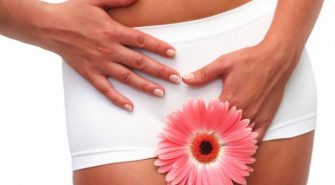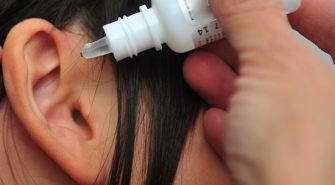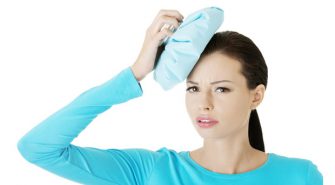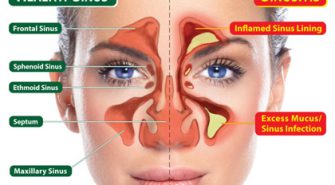First Aid on How to Treat Poison Ivy
Poison ivy is most common in the United States- most especially in Canada. Having this condition can usually last and heal up to three weeks which will include symptoms such as itchiness in the area exposed or had contact with a poison ivy.
However, knowing how to treat poison ivy can help in minimizing the itch and initiate faster healing of the area affected by the poison ivy. Therefore knowing how to treat poison ivy can alleviate the uncomfortable feeling you will have for the next three weeks.
After initial contact with the poison ivy plant, immediately wash the area including the areas near plant had touched. By doing this, you will be removing the offending oil and reduce the risk of having major rash later. Wash with running water and rub off with mild soap to make sure everything would be washed away.
Apply cold compress on the affected area to minimize the itchy sensation caused by the poison ivy. Do not attempt to scratch the area because this will only aggravate the situation causing it to spread and make more damage than good to the present condition.
Make a cool bath with 5 cups of ground oatmeal or baking soda and soak the area for at least 15 to 30 minutes. This can also lessen the itchy feeling on the affected part. For the skin rash that might appear, you can add baking soda or Epsom salts to your batch.
Another way for the skin rash to minimize its appearance is by making a paste mixture out of the combination of baking soda and Epsom salts and apply them directly to the rash every after bath.
Using lotions that contain calamine, alcohol or zinc acetate will help to hasten up the healing process of the rash and will help in drying out the blisters of the affected skin by the poison ivy.
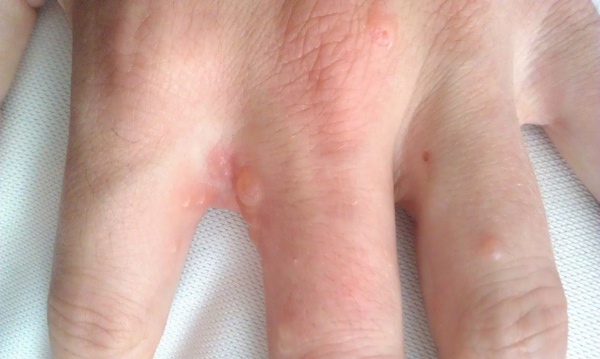
Do not cover the rash with any dressing; instead leave it out in the open so it can heal faster and effectively. However, clean the area from time to time as to minimize the accumulation of dirt and dust that can lead to more itching and infection.
Avoid application of topical antihistamines, instead talk to your physician regarding what type of oral antihistamine you should be taking if the rash is already covering most parts of your body and gives you too much discomfort. Oral antihistamines usually work better than topical antihistamines do when it comes to healing poison ivy itch.
Wash the items or things that have also had contacted with the plant because some oil may still remain and can affect anyone who uses the said materials or things. If symptoms persist more than 3 weeks, it is best to contact your physician and have yourself checked in the hospital for further medical interventions and treatments.
Learning how to treat poison ivy can save you from unnecessary or unwanted rash or blisters in the end, therefore it is always good to know how to do first aid on poison ivy itch.

